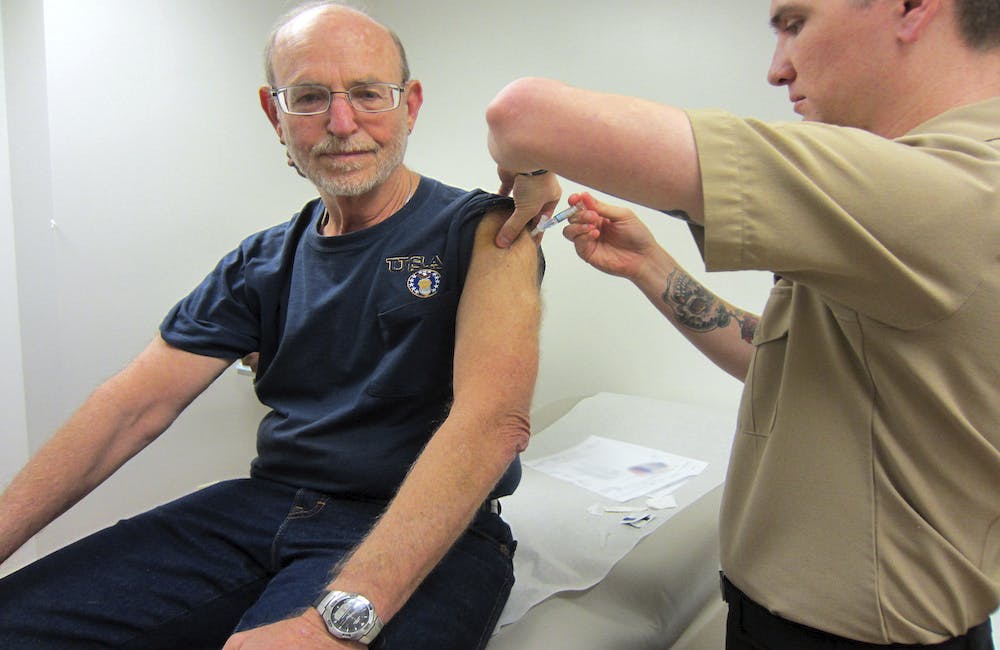VA Overhauls EHR Program with New Approaches to Training, Governance
Secretary Denis McDonough discussed findings and next steps from its strategic review of the electronic health record modernization program.

The Department of Veterans Affairs is reorganizing its electronic health record modernization program with an enterprise-wide governance structure, improved training and change management, and an enterprise readiness and planning approach to deployment of the system.
The announcement came during a Senate hearing with VA Secretary Denis McDonough after the department completed its 12-week strategic review of the program at the end of June.
VA’s review focused on learning and developing solutions to various issues of the Cerner-run EHR system concerning things like patient safety, productivity, governance, cost, testing and change management, among others.
During the review, VA found that the “technology is basically sound … [but] these technology questions really end up being governance and management challenges,” McDonough said at the Senate Committee on Veterans’ Affairs hearing Wednesday. “VA is reimagining our approach to this system.”
McDonough elaborated on the three areas in which the agency is planning to roll out changes.
- An enterprise-wide governance structure will enable VA to incorporate well-rounded perspectives from key clinical, technical, acquisition and finance leaders into the program.
- A fully simulated testing and training environment will allow veterans and providers to properly evaluate and learn the system before it goes live, not during or after implementation.
- A shift from site-by-site deployments over the next decade means the new EHR will go live at sites on an evidence-based readiness schedule instead of by location or time.
These steps aim to ultimately improve the overall veteran experience, patient safety and employee engagement within the program.
McDonough emphasized the need for a “readiness deployment method” instead of the initial geographic or time-based approach. The system’s first go-live site was in Spokane, Washington, where many of the inconsistencies and challenges with the system arose. These included reports of the platform being confusing to use for both veterans and clinicians, incomplete data migration, prescription delays or errors, internal communication inconsistencies and shortcomings in its program management processes.
One way VA will approach training of its workforce to overcome these challenges will be to implement a more clinically relevant training module in the lead up to implementation of the EHR, McDonough said.
A report of the program from VA’s Office of Inspector General noted the need for a governance structure that engages all components of VA, said Deputy Inspector General David Case at the hearing. The new enterprise-wide governance structure will allow for increased collaboration and improved change management of the system, McDonough said.
“We’re now in an excellent position to move ahead as one unified organization in partnership with Cerner and DOD,” McDonough said, “to deliver an EHR system that improves the outcomes for our vets and the experiences for our providers.”
This is a carousel with manually rotating slides. Use Next and Previous buttons to navigate or jump to a slide with the slide dots
-

CDC Updates Public Health Data Strategy
Accelerating data sharing through capabilities like electronic case reporting make up a large portion of the new two-year plan.
3m read -

VA Kicks Off EHR Program at Joint Facility with DOD
The agency's Dr. Neil Evans briefed how the Oracle-Cerner program rollout in North Chicago is informing next steps in EHR modernization.
4m read -

Health Agencies Tout Standards in Data Sharing, Interoperability
Officials from CMS, ONC and HHS spoke about data standards and how to help smaller health organizations make modernization progress.
3m read -

VHA Preparing for AI, Interoperable Future
The agency is spearheading initiatives to expand health care to veterans, including emerging technology and electronic health records.
6m watch








